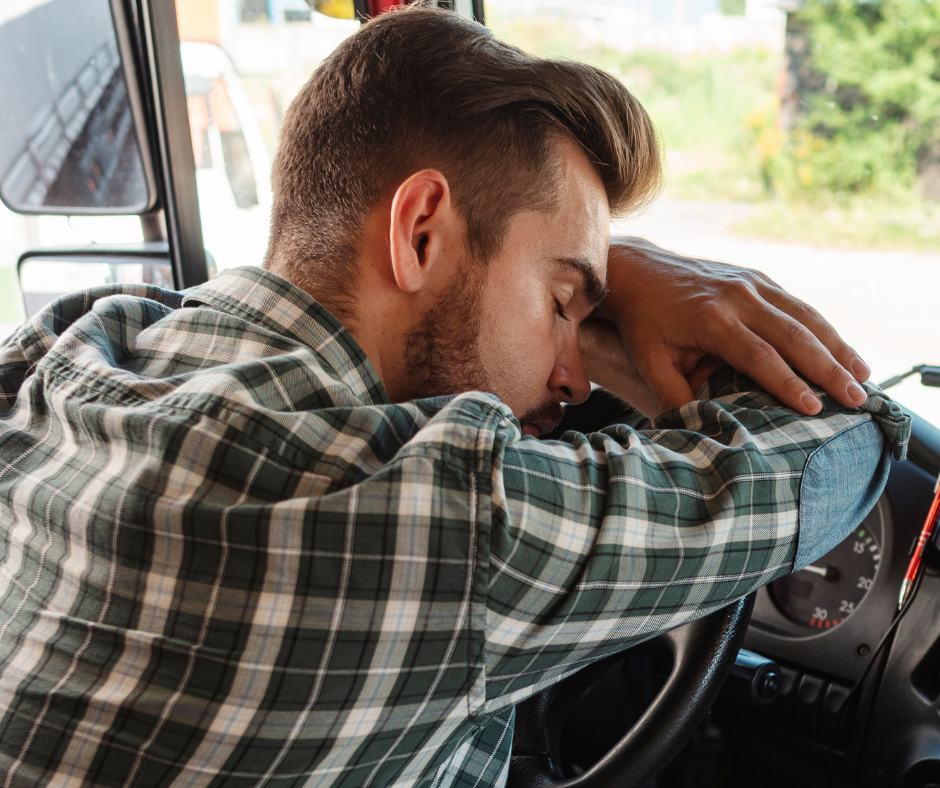Drowsy driving is more common—and more dangerous—than many people realize. Being sleepy behind the wheel can be just as risky as driving under the influence. Slowed reaction time, impaired judgment, and reduced awareness can all turn a routine trip into a serious crash risk.
While anyone can be affected by drowsy driving, some groups face higher risks:
Who’s Most at Risk?
- Young drivers, especially males under 25.
- Older adults with sleep issues or who take medications that cause drowsiness.
- Shift workers, especially night or rotating shifts—night shift driving increases crash risk up to 6x.
- People with untreated sleep disorders, like obstructive sleep apnea, which raises crash risk up to 7x.
- Business travelers dealing with jet lag or long hours on the road.
Sleep deprivation slows your reflexes and dulls your focus. It’s not worth the risk to you—or others on the road. Being alert is just as important as being sober. Here’s a good rule of thumb: Check in with yourself before driving. If you're not feeling rested, you’re not road-ready.
How to Drive Awake & Aware
Before hitting the road, prep for safety:
- Get 7–9 hours of quality sleep (8–10 for teens).
- Follow good sleep hygiene: stick to regular meals, exercise, and a consistent wind-down routine.
- Avoid heavy meals. Choose healthy snacks, such as fruits, nuts, and whole-grain crackers.
For longer trips:
- Bring a co-pilot who can chat, create a great music playlist, share driving, and spot signs of fatigue.
- Stop every 100 miles or 2 hours to stretch and recharge.
- Avoid alcohol and double-check medications that may cause drowsiness.
Consult your doctor if you feel sleepy while driving or during the day—undiagnosed sleep disorders could be to blame.
What we have learned
Stay alert. Stay alive. And always, drive rested.
Dream big, work hard, sleep ambitiously,
Joe Castignani



